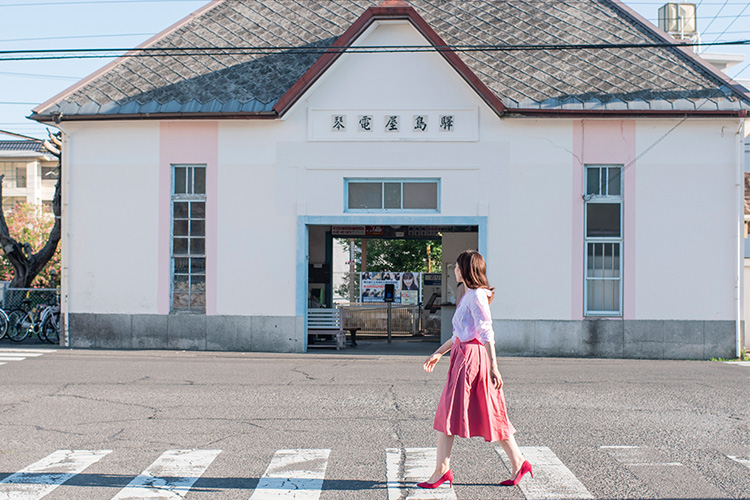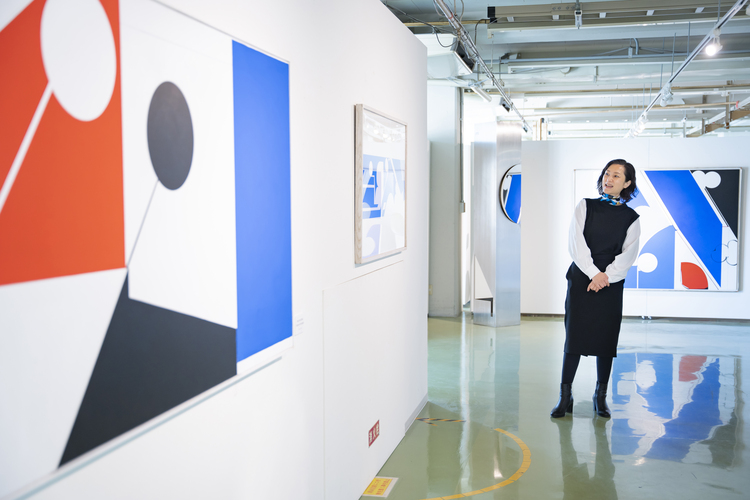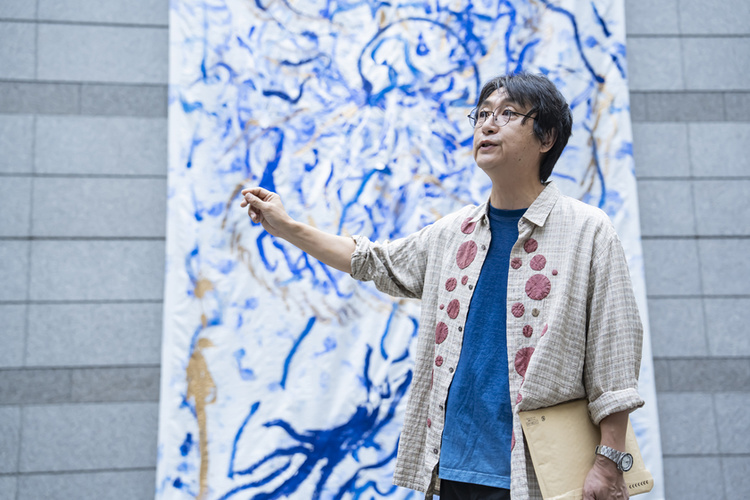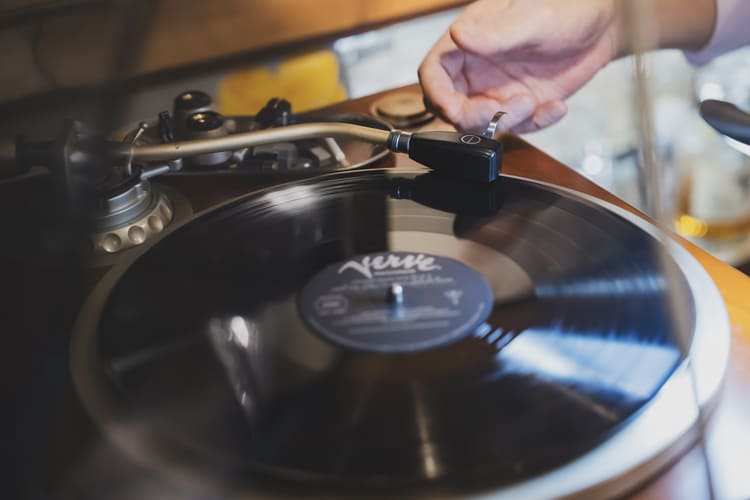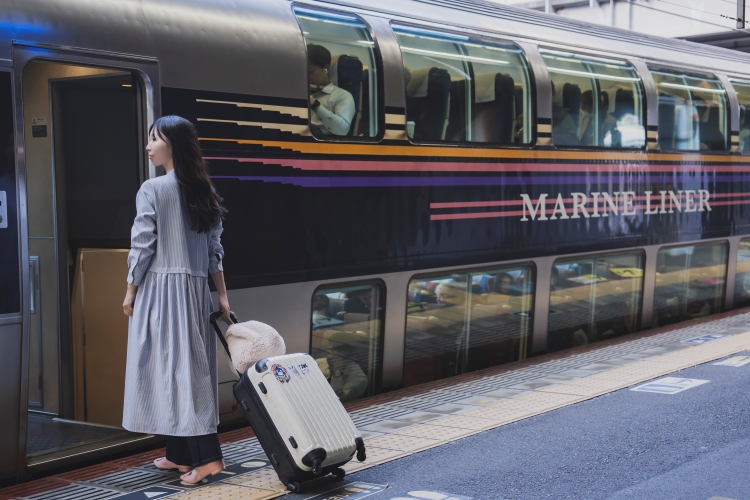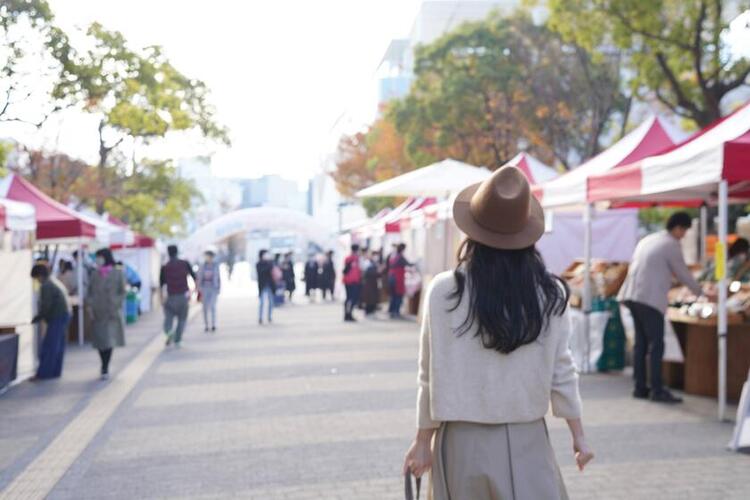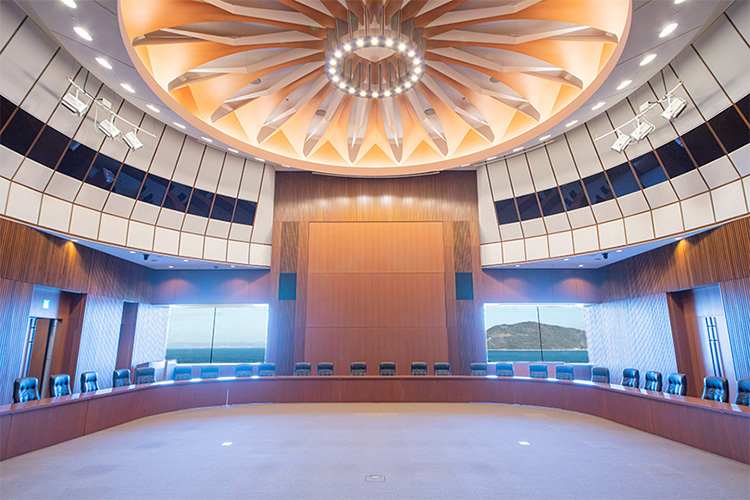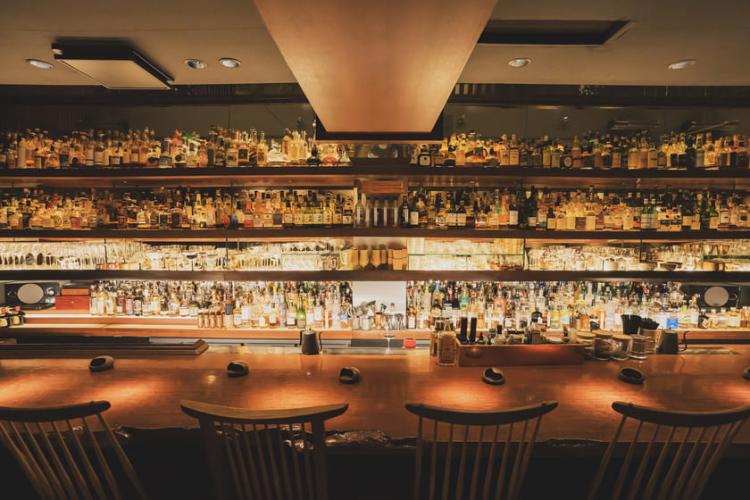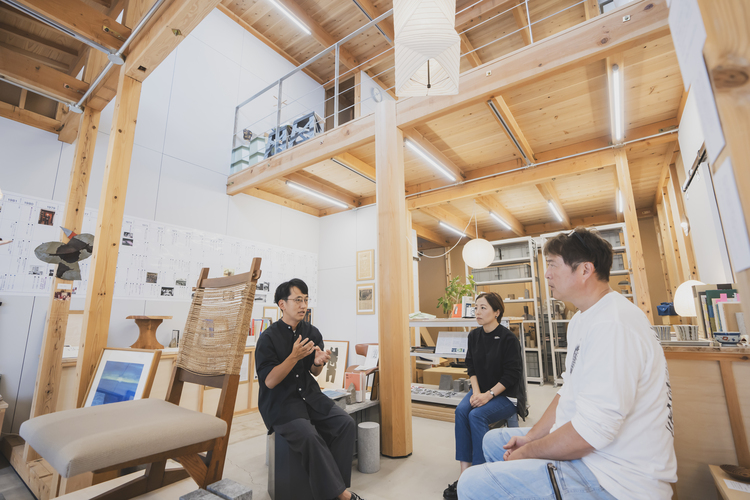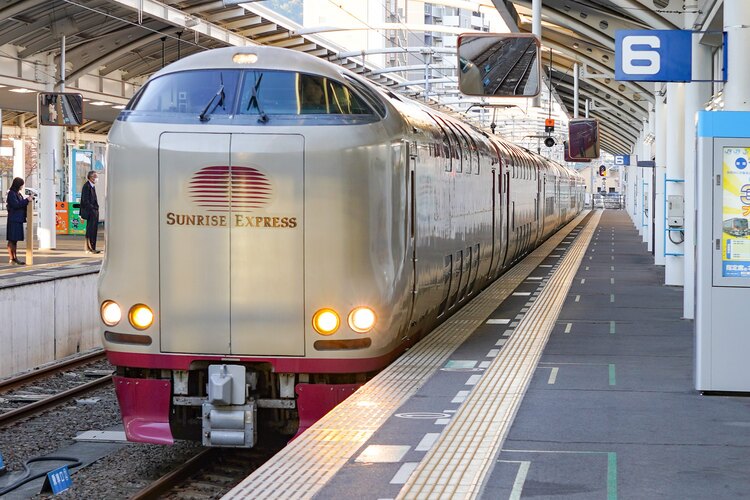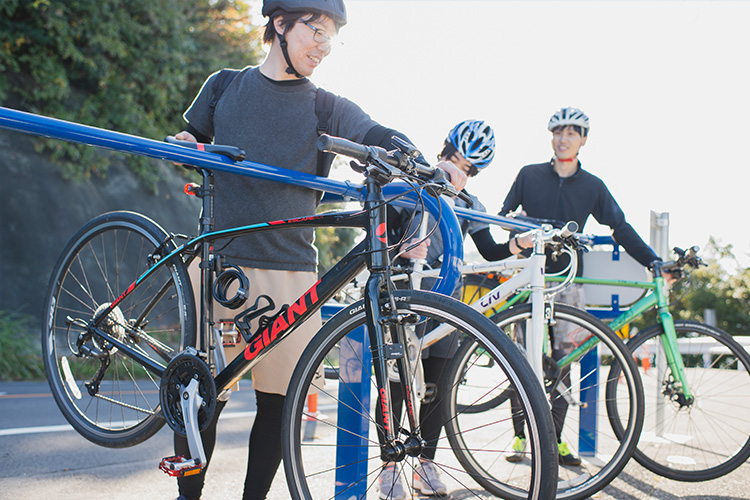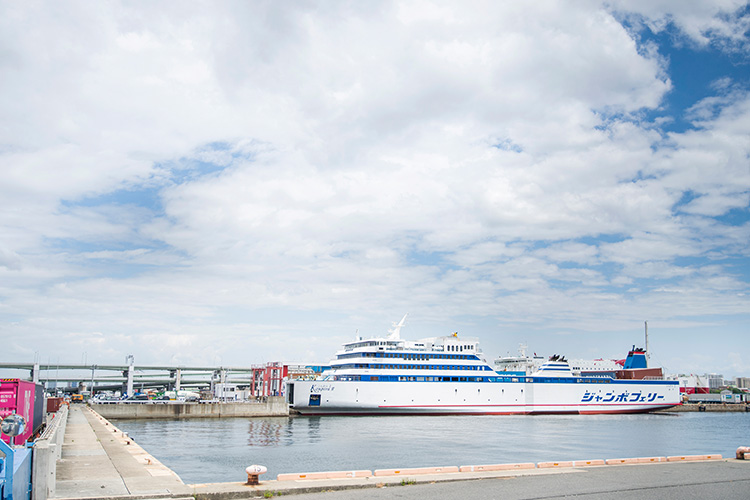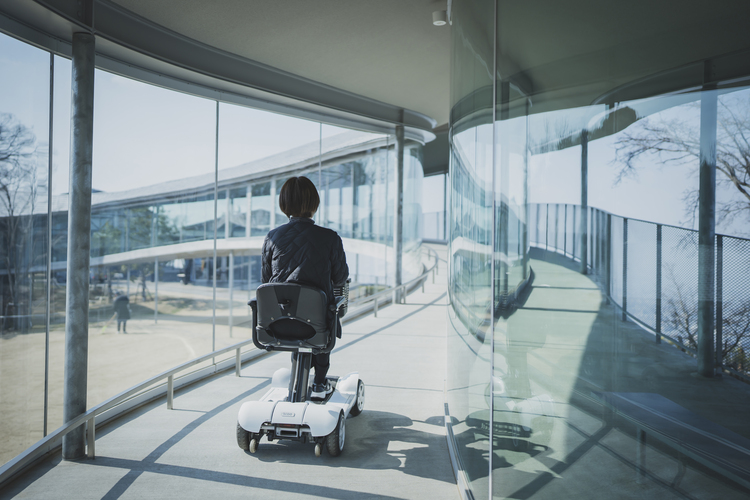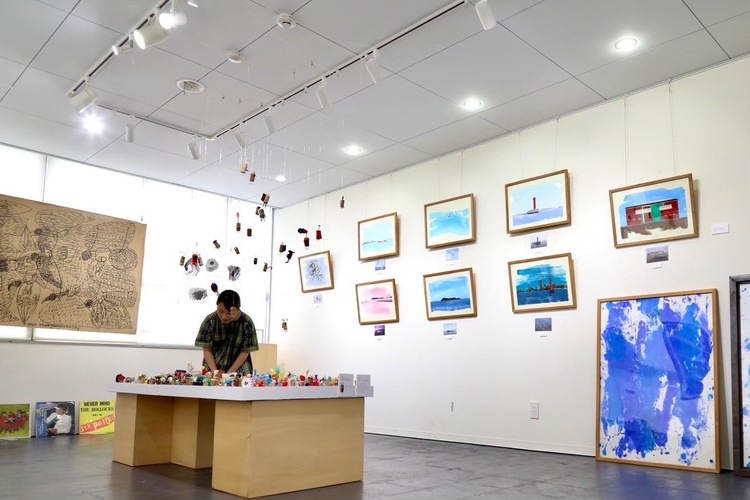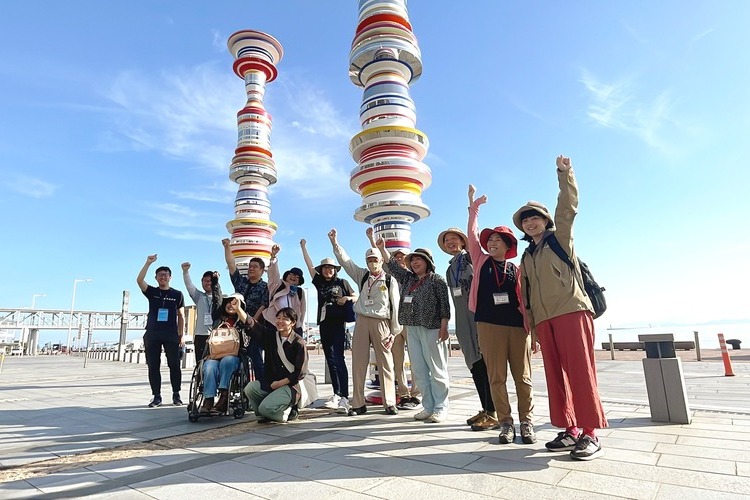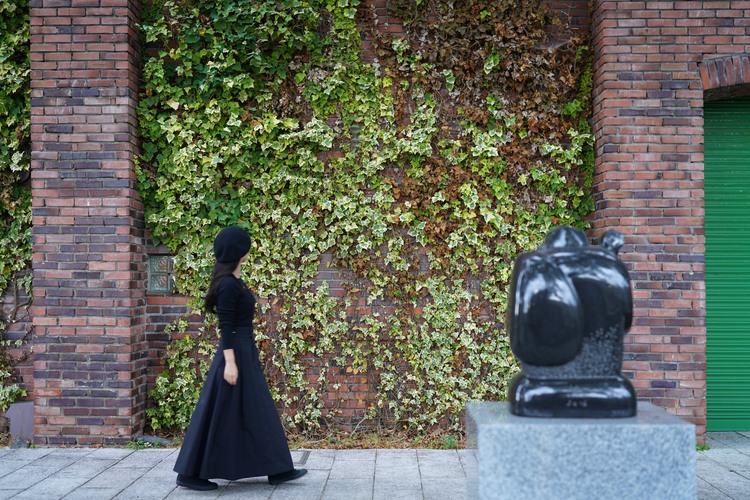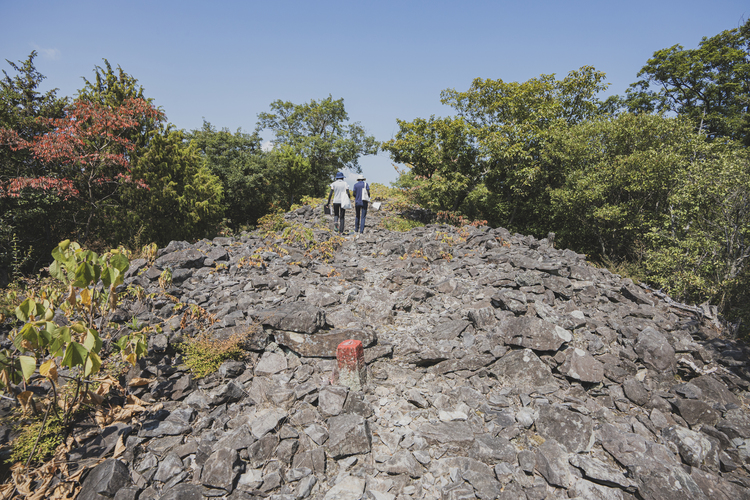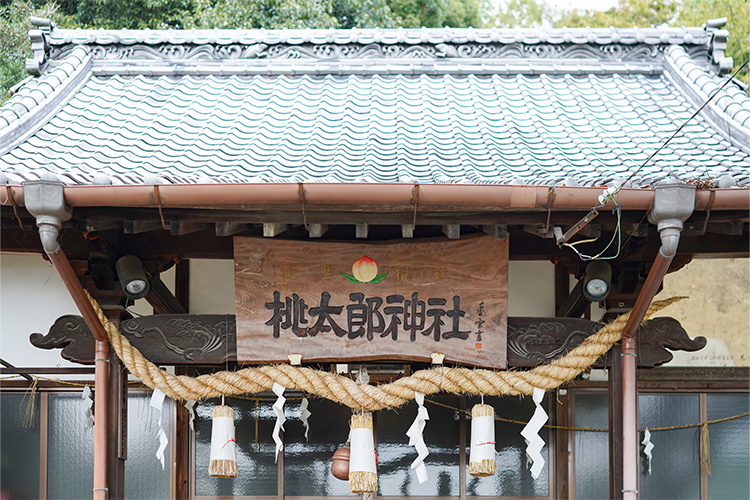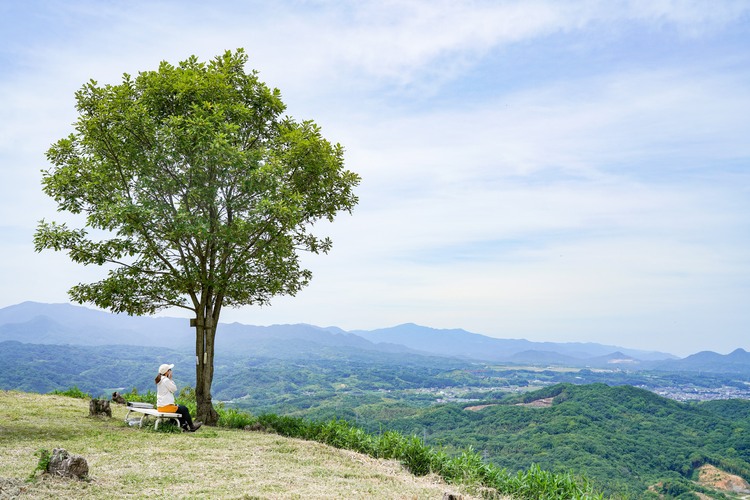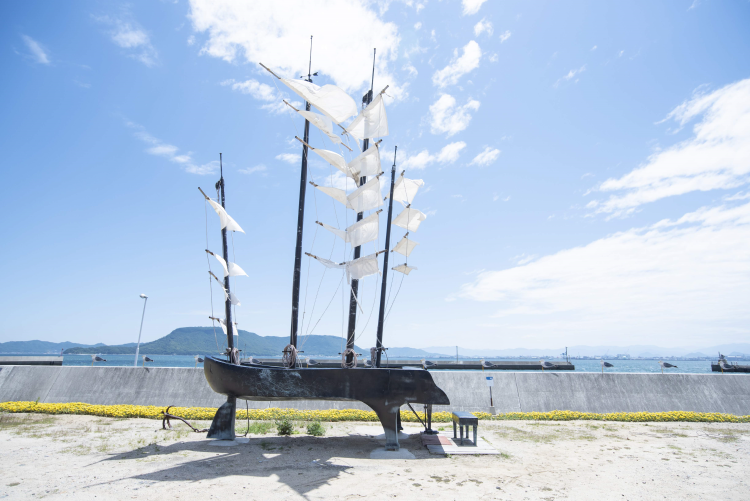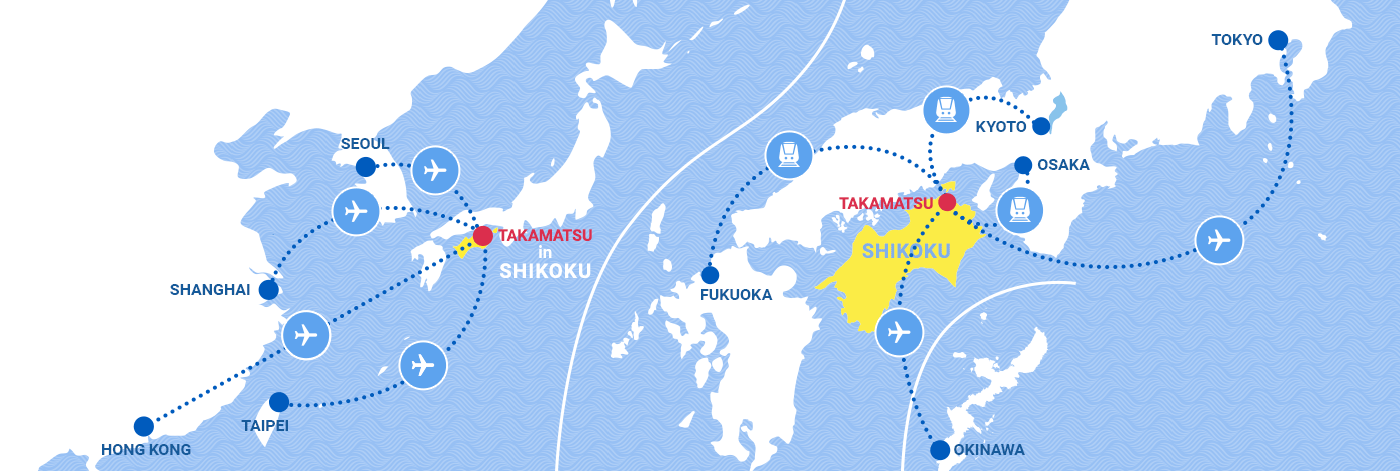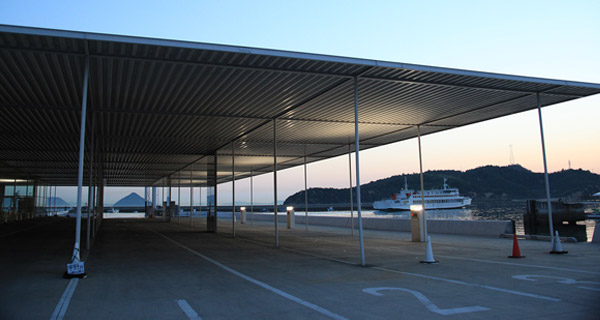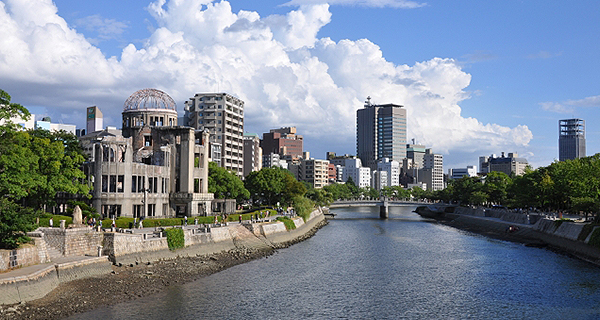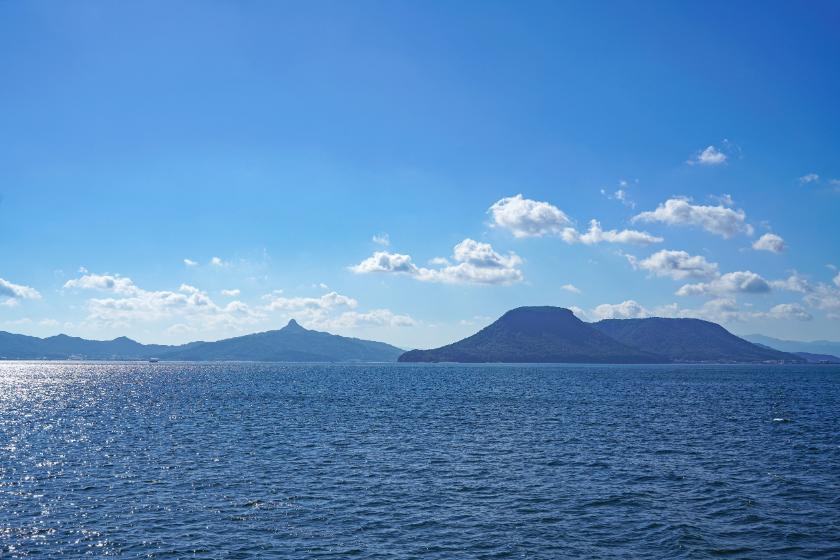

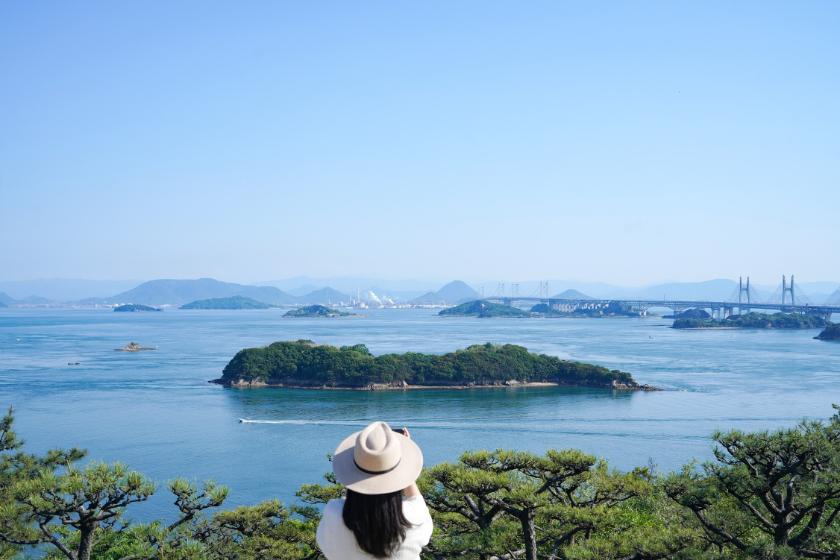
Many islands are scattered about the gentle sea. The beautiful Seto Inland Sea, with its many islands, was designated as the first national park in 1934.
We are able to experience such beautiful scenery today due to the efforts of people during the modernization of the Meiji and early Showa periods who discovered, protected, and conveyed this landscape to the relevant authorities.
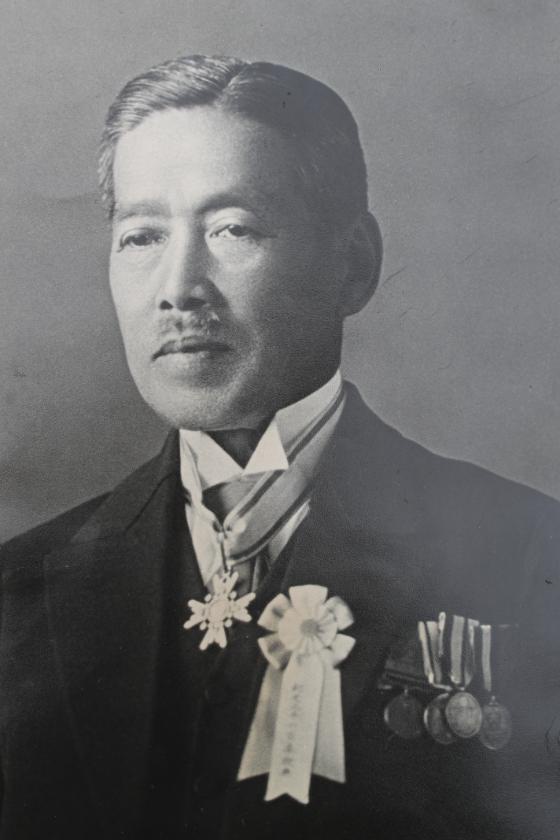
Source:Sanuki City History and Folk Museum
Kagawa native Kanau Konishi was one of those people.

Kanau Konishi published a book, Setonaikairon, in 1911. In this book, he brought together his research on the Seto Inland Sea from a multifaceted perspective, including the structure of the sea, its topography, climate, animals, industry, transportation, and the lives of the people living here.

Upon publication, famed Inazo Nitobe stated that the Seto Inland Sea was a treasure to the world.

"Japanese people at the time didn't think of the Seto Inland Sea as a single landscape.
So why was Konishi able to see the Seto Inland Sea from such a wide perspective? "
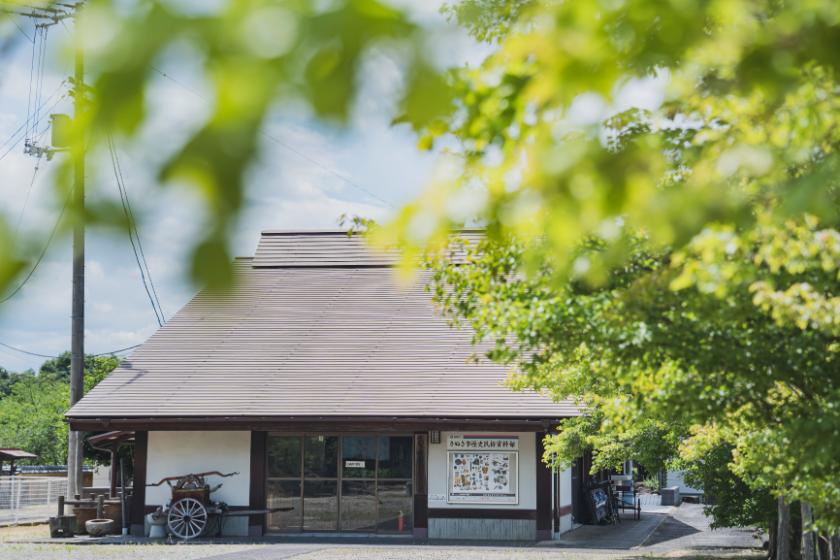
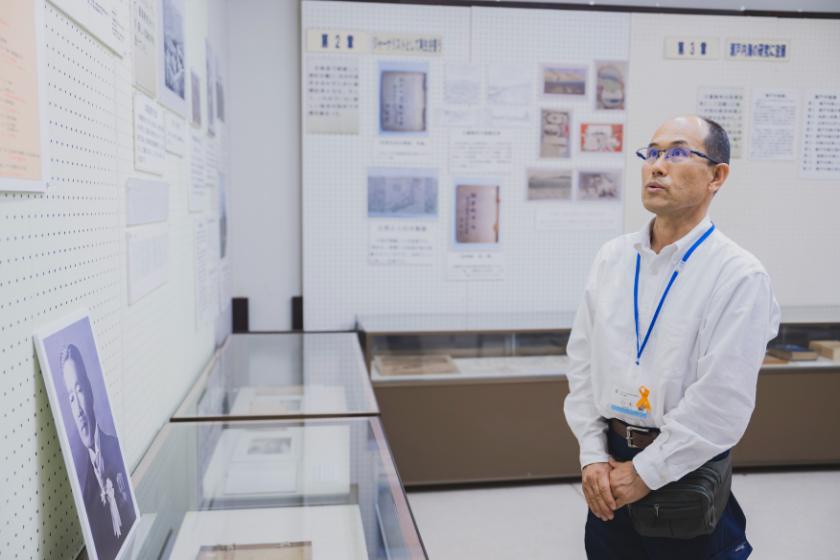
Kazunobu Yamamoto, curator at the Sanuki City History and Folk Museum, told us about the path Konishi pursued and the items associated with him.
*Exhibit dates: April 15 to October 20, 2024 We were given special permission to take photos for this interview.
Kanau Konishi Discovered the Beauty of the Sea and Islands Interwoven
Konishi was born in Sanuki, Kagawa Prefecture, in 1873.
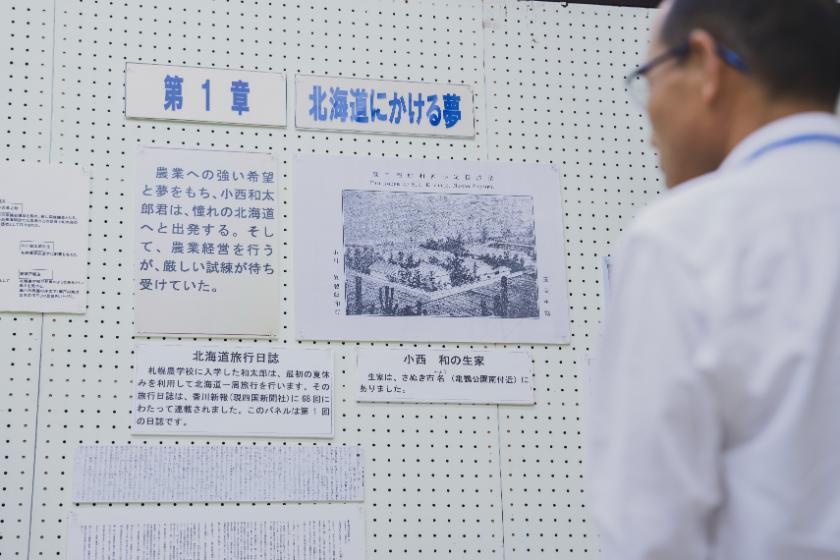
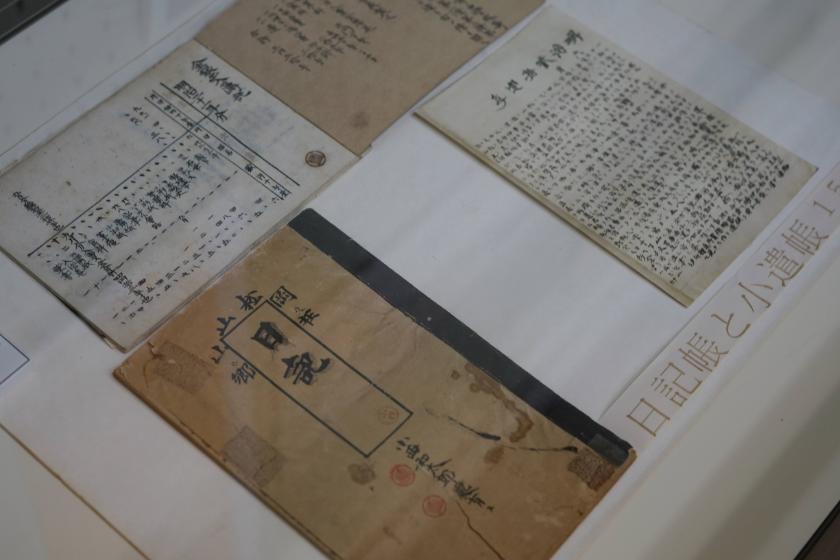
A person of letters, he kept a diary and a record of expenses since he was in high school. He seems to have cherished the recording of events and thoughts in each moment.
In 1890, he entered Sapporo Agricultural School (now Hokkaido University).
After working in farm administration, he moved to Tokyo and became a newspaper journalist. He was sent to Manchuria as a war correspondent during the Russo-Japanese War in 1904. During this time, he reported on the status of the war while studying topography and nature as an agriculturist.
After returning from the field of battle, he once again discovered the value of the Seto Inland Sea.
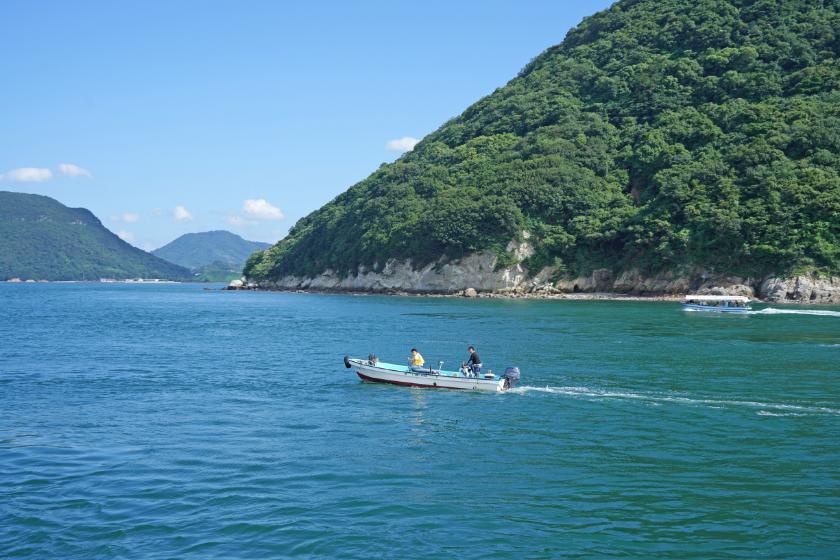
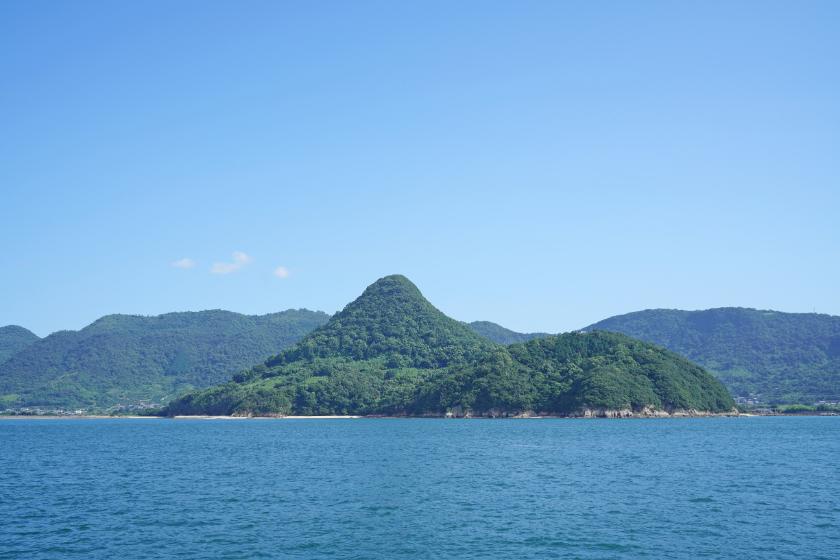
Konishi was deeply moved beyond words upon seeing the Seto Inland Sea from a boat, with sea and islands interwoven. This experience inspired him to write Setonaikairon. He was given one year of leave in recognition of his service and a bonus, and so he immersed himself in his research of the Seto Inland Sea.



He completed Setonaikairon in 1911. Konishi was 38 years old at the time.
Konishi's Artistic Talent and Pictorial Perspective of Landscapes
Setonaikairon was written based on Konishi's wealth of knowledge as a scientist and his sophisticated study of the area.
At the same time, his pictorial perspective was also likely an important factor in his realization of the beauty of the Seto Inland Sea. The museum has items on display that offer a glimpse into this.
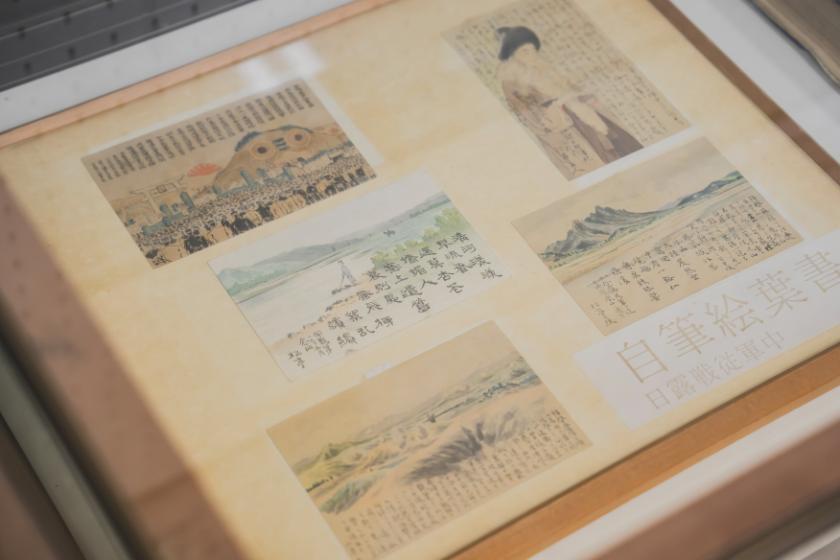
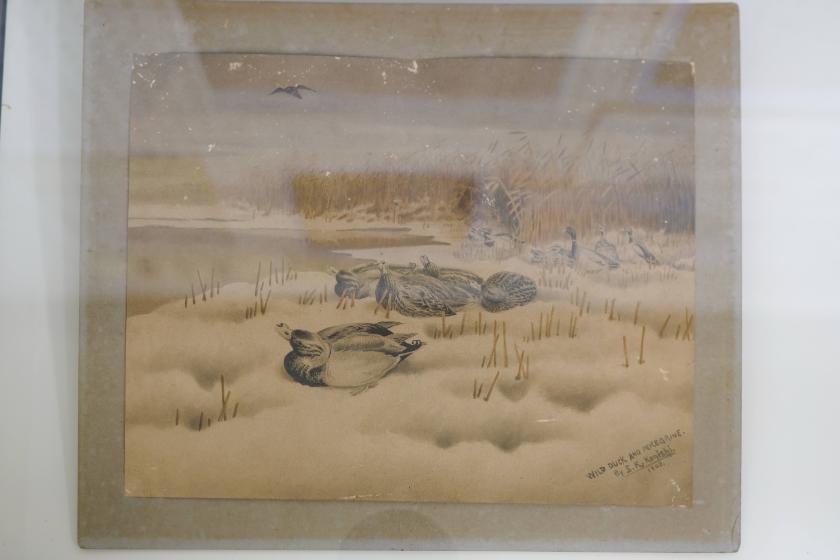
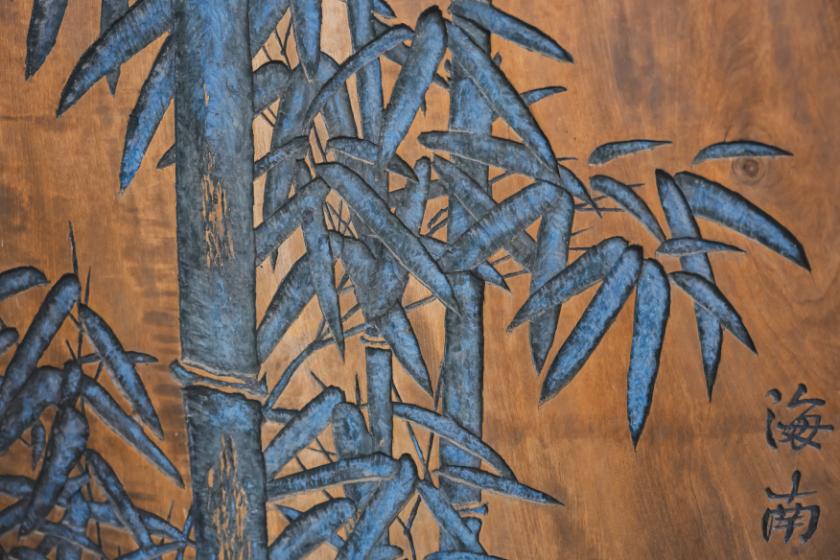
Konishi's many drawings.

Photographs taken during an around-the-world trip to an international conference in 1928 are quite excellent in their composition and show Konishi's abilities as a photographer.

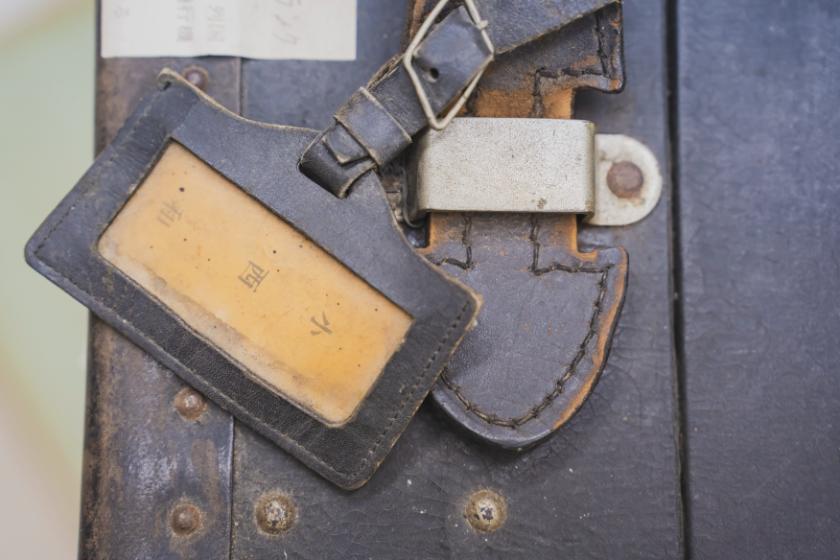
Japanese people began to be influenced by Western perspectives on landscapes in the Meiji period, and it was around this time that the Seto Inland Sea started to be recognized as a single entity, known then as the Inland Sea of Many Islands. This was the modernization of perspectives.

Konishi thought the Seto Inland Sea should be showcased to the world as a tourist spot. He became a legislator and worked to establish the National Parks Act.
The Seto Inland Sea is Designated as the First National Park
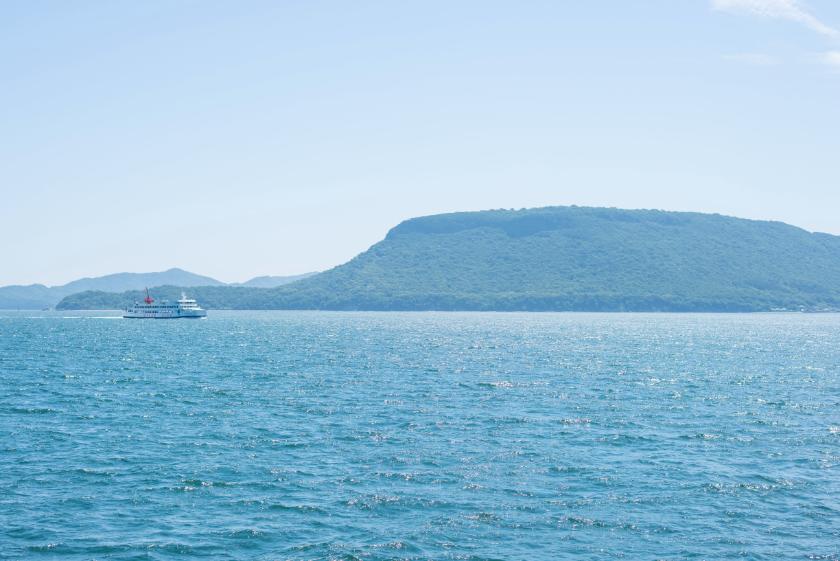
About two decades later, the National Parks Act was established in 1931. This led to the Seto Inland Sea, centered around Yashima and Shodoshima, being designated as the first national park in 1934.
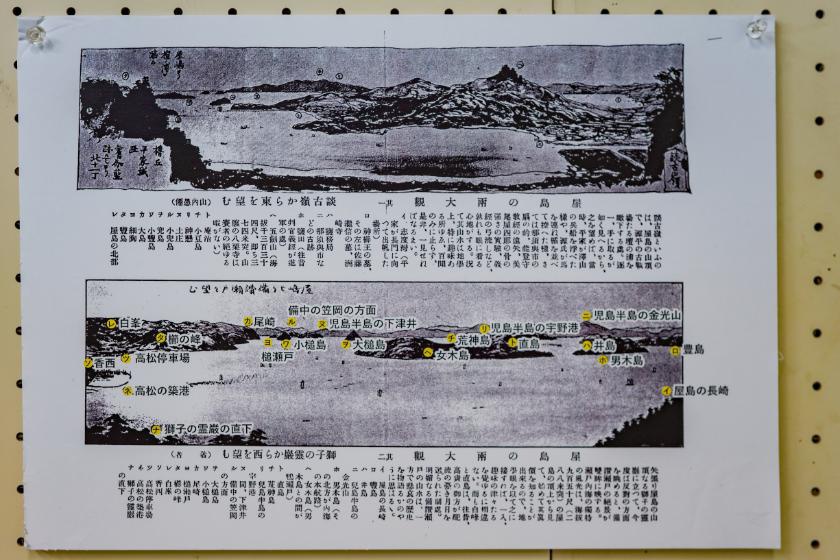
When the National Parks Act was established, they added vantage points as criteria in addition to geographical, topographical and geological, and cultural perspectives valued by the West. This then became the park we have today, where we can gaze at this sea of many islands.
Yashima Park, One of Takamatsu's Vantage Points
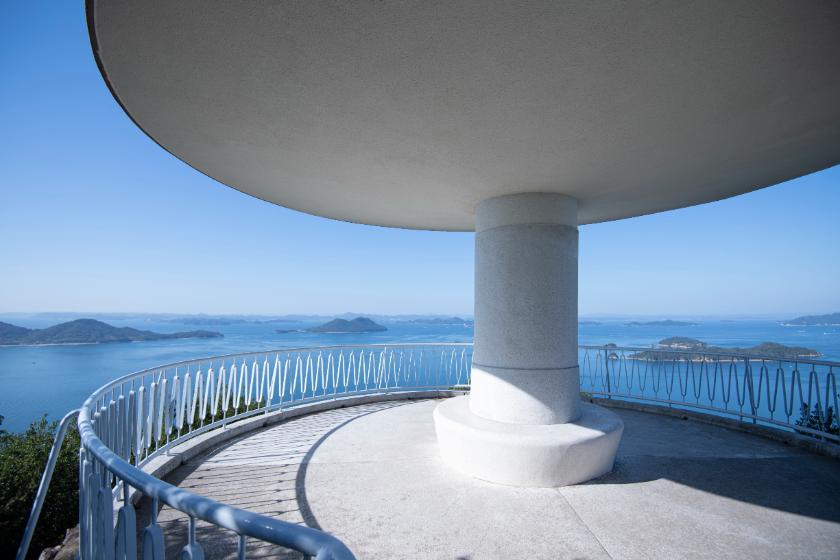
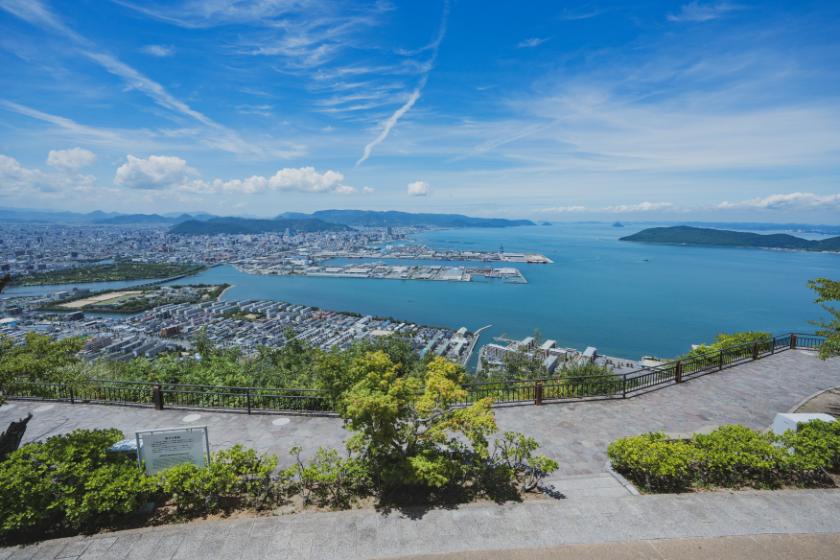
Nagasaki Yashima Hokurei Trail

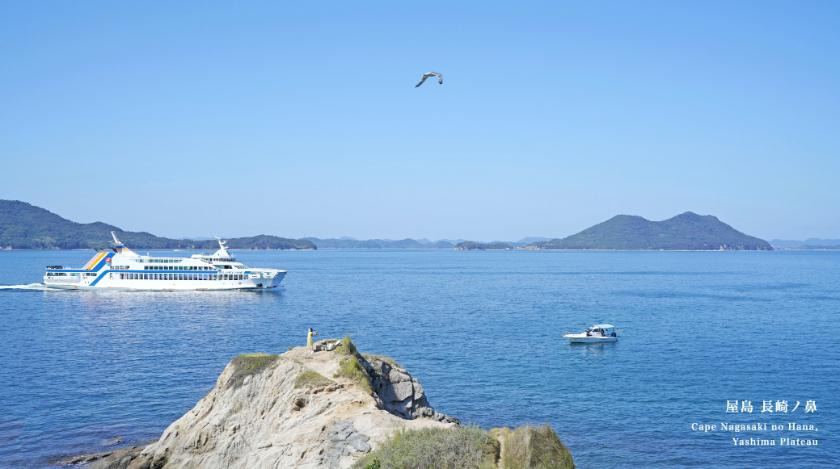
Megijima Summit Park

Ogijima Park
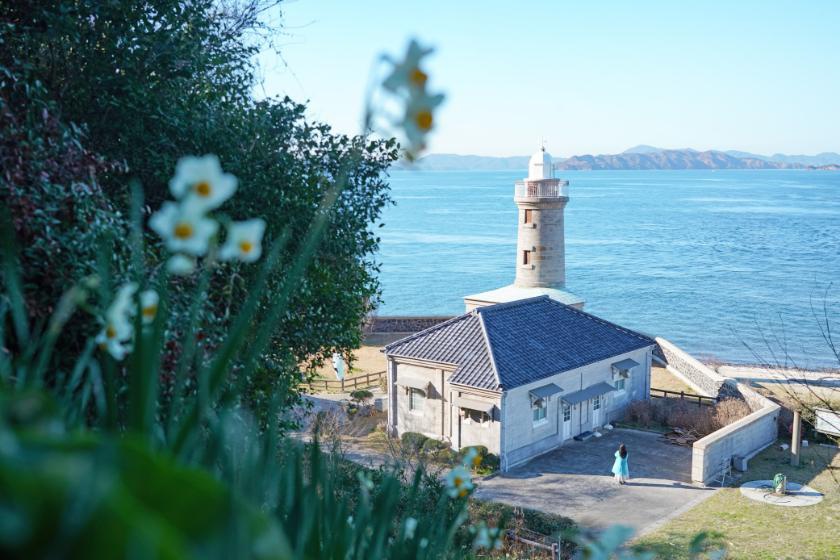
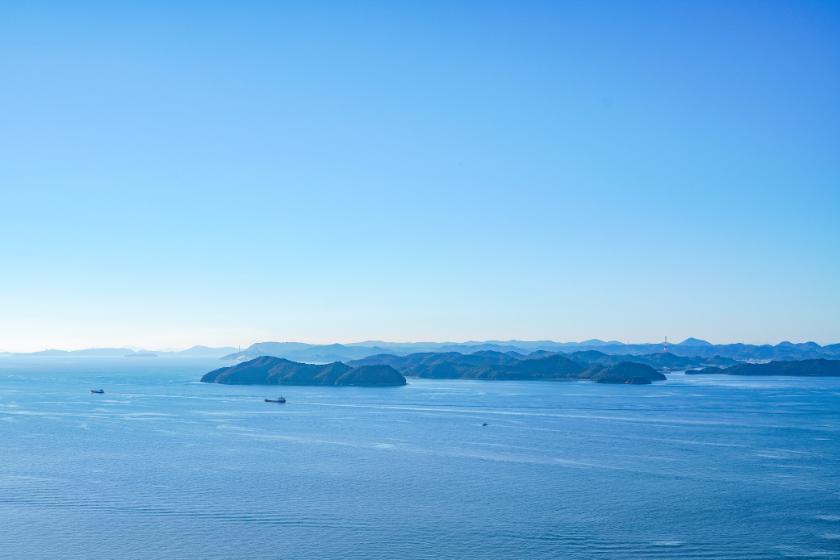
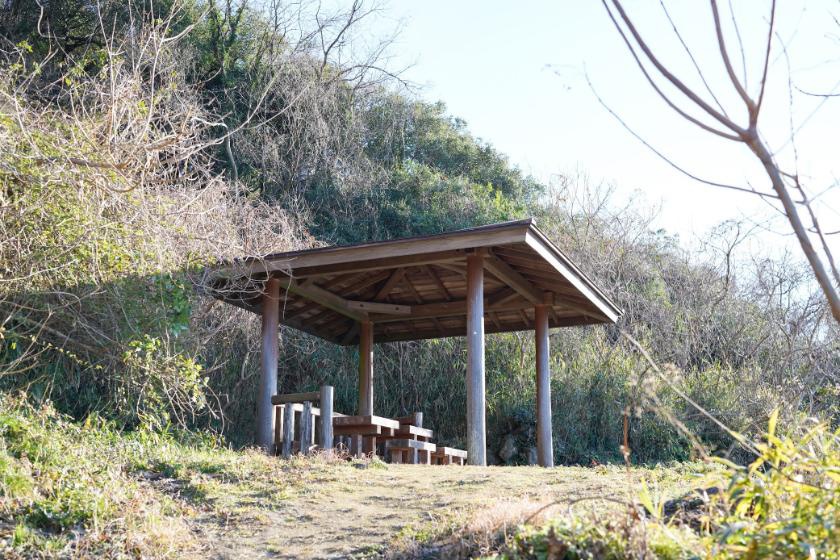
Goten-yama Park
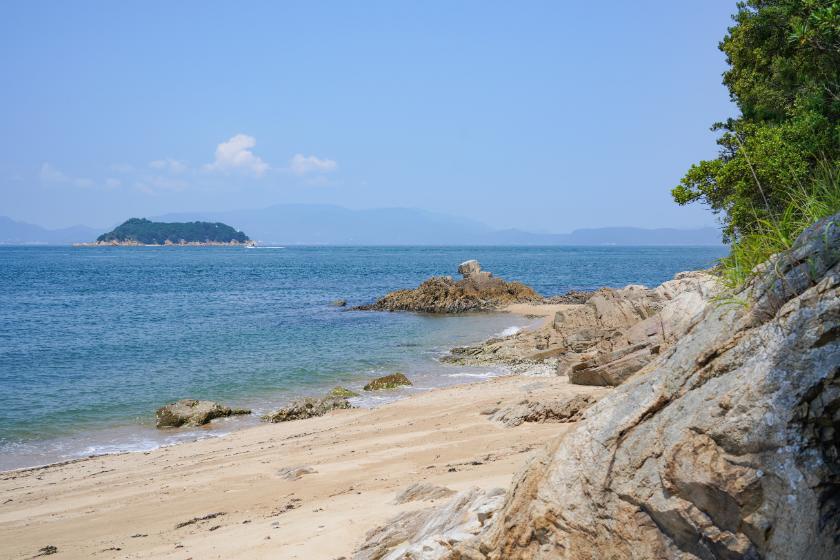

The Seto Inland Sea scenery has been passed on to us by Konishi.
Try to find your own favorite scenic spot here.
Yashima Park・Shishi no Reigan Observatory
Yashima Park Yukaku-tei
Nagasaki Yashima Hokurei Trail
Megijima Summit Park Washigamine Observatory
Ogijima Park Ogishima Lighthouse
Goten-yama Park Goten-yama Summit Park
Goten-yama Park Goten-no-hama
Gathering date:2024.7.25 / Yashima Park・Shishi no Reigan Observatory
- KEYWORDS




